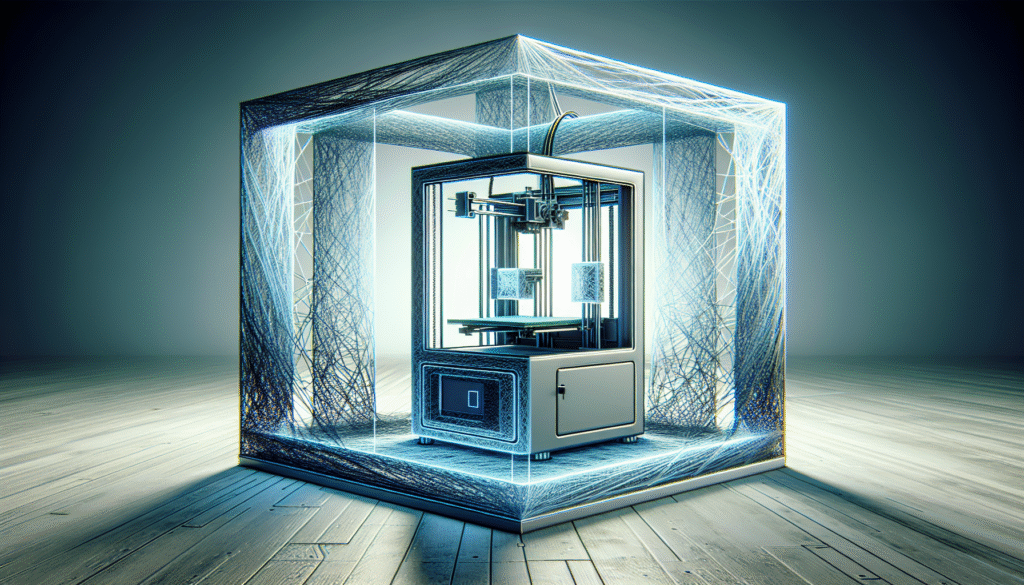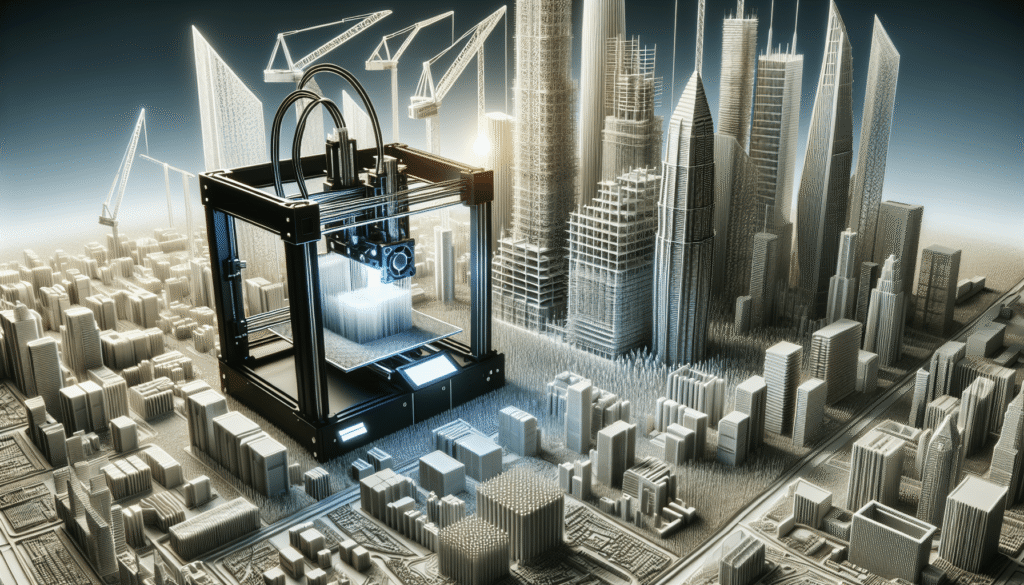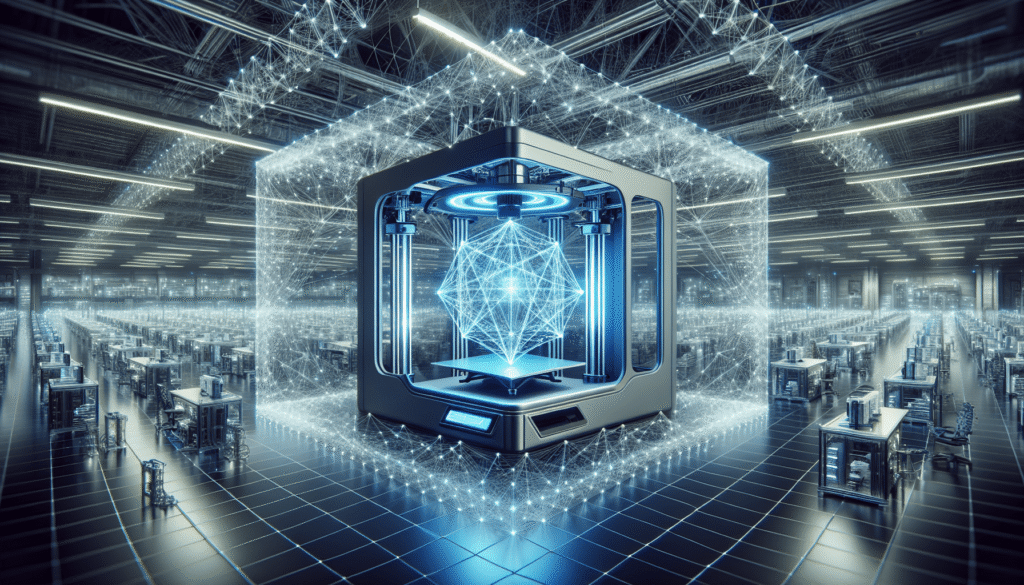Isn’t it puzzling how much energy it takes to make words appear on paper? As someone who has frequently found themselves mired in printing jams—both literally with paper and metaphorically with decisions—I’ve often pondered the environmental footprint of this seemingly innocuous office staple. Printing, after all, accompanies us through countless meetings, presentations, and even those rare moments of beautiful creativity. But what if I told you that behind the quiet hum of your office printer lies a growing movement towards energy efficiency, a symphony of technology playing a greener tune?
In our digital age, the notion of a paperless world is tantalizing, yet remains elusive. Despite the rise of screens, printing still holds its sway, steadfast and reassuring, like a warm cup of coffee on a chilly day. However, with increasing awareness around environmental concerns, the spotlight is on developing energy-efficient printing technologies. This is where our journey begins—towards understanding the innovative strides being taken to minimize the environmental impacts of printing.
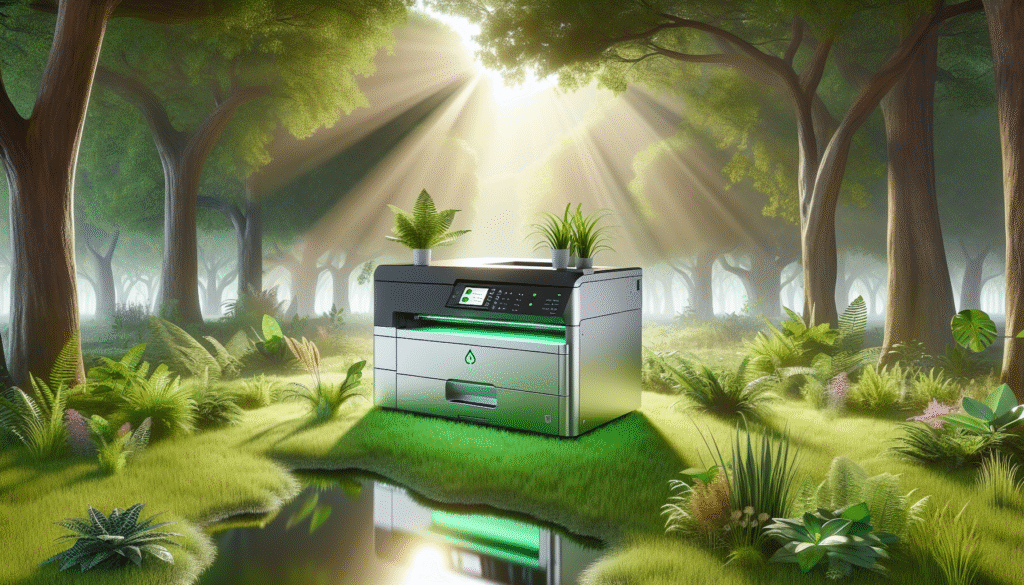
The Environmental Impact of Traditional Printing
To appreciate the significance of energy-efficient printing technology, it’s important to first understand the traditional models and their environmental impact. It turns out, conventional printing can be rather wasteful.
Energy Consumption
Printers, much like hyperactive teenagers, consume a disproportionate amount of energy, especially when they are not in “active” use. Many standard printers guzzle power even in standby modes. I’ve learned this the hard way while waiting for a simple page to print—wondering why my electric bill is having its own growth spurt while I have yet to.
Resource Usage
The resources involved in traditional printing extend beyond just energy. Paper, ink, and toner all have their separate, often substantial, environmental footprints. Forests are felled for paper, while ink and toner production involve complex chemical processes. The consequence is a heavy toll on natural resources, a price paid by ecosystems and, ultimately, by us.
Waste Generation
I’m part of the generation that remembers the curious joys of discovering my printer had adopted a paper jam like a pet. However, traditional printing is responsible for heaps of e-waste due to frequent replacements of ink cartridges and toners. Not only that, but they often end up in landfills, leaching out chemicals and causing further environmental issues.
The Rise of Energy-Efficient Printing Technologies
With enlightening green epiphanies come motivated solutions. The innovation in energy-efficient printing technology is a beacon of hope, seeking to reconcile your craving for that paper-in-hand feeling with a lower environmental impact. It’s much like finding a satisfying novel that’s both mind-expanding and concise—the Holy Grail of sorts.
Improved Energy Star Ratings
Today, printers are being developed with enhanced Energy Star ratings, similar to how home appliances earn badges for behaving better. These improved ratings indicate reduced energy consumption both in active mode and standby.
Advancements in Ink and Toner
It almost feels like magic when you hear of innovations like soy-based inks and toners—which are not only less toxic but also easier to recycle. These alternatives help in reducing the chemical footprint of the printing process.
Printer Design Innovations
Recent advances in printer design focus on creating easier maintenance processes, longer service lives, and greater repair potential. I cannot overstate the joy of encountering a machine that doesn’t immediately require replacement at the first cough or sputter.
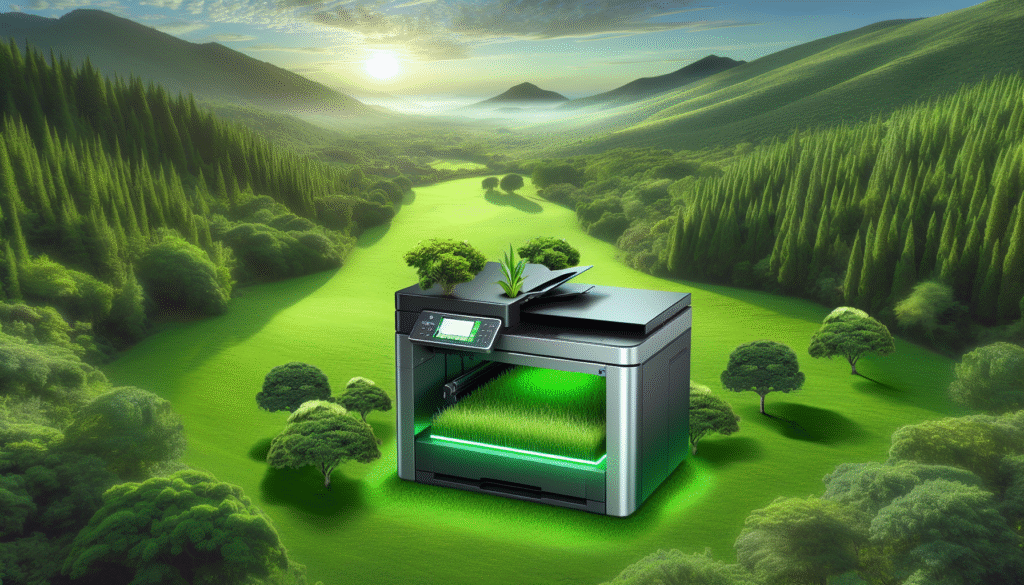
Green Printing Solutions for Businesses
For businesses, energy-efficient printing technology is not just a moral responsibility but can be an economically smart choice. Let’s gently wander through the myriad ways businesses can transition to greener solutions with cost savings and an optimistically low environmental footprint.
Implementing Managed Print Services (MPS)
Managed Print Services (MPS) provide strategic, efficient, and optimized printing solutions tailored to specific business needs. These services essentially play the role of an unsung hero, silently assessing printing needs and reducing waste—much like a silent butler who makes sure the pantry never runs out of essentials.
Duplex Printing
Many printers now come with duplex printing capabilities, where printing on both sides of the paper becomes a routine, yet understated achievement worth celebrating. It’s akin to recycling household waste without being reminded—it’s expected and intuitive.
Eco-Friendly Paper Choices
For those who cherish the texture and smell of a freshly printed page, selecting environmentally certified paper contributes to sustainable practices. Brands with certifications such as Forest Stewardship Council (FSC) or recycled content options bolster our collective effort to tread lightly on the earth.
| Paper Type | Environmental Impact |
|---|---|
| Virgin Paper | High |
| Recycled Paper | Moderate to Low |
| FSC-Certified Paper | Low |
Innovative Technologies Leading the Charge
For someone who finds delight in seeing clean technologies, the progress in printing technology fuels optimism. The leap towards the future is dotted with fascinating innovations.
Digital Printing
Digital printing does away with preparatory processes that plague traditional printing methods. The absence of plates in digital printing not only slashes time and setup costs but also reduces waste substantially.
3D Printing
Perhaps less conventional, but undeniably revolutionary, 3D printing represents a seismic shift within the printing domain. By building products layer by layer using minimal material, 3D printing harnesses precision and resource efficiency in a way that, quite honestly, feels like something out of a science-fiction novel.
The Cloud: A New Role
The cloud is not just for files and data; it also plays an ingenious role in printing technology. Cloud printing simplifies document management, allowing secure and remote access to print resources, thus optimizing printer use and reducing waste.
The Path Forward: Embracing Energy Efficiency
The future seems encouragingly green for those invested in energy-efficient printing practices. Transitioning might involve a touch of strategic planning, a pinch of new technology, and a dollop of organizational change, but the results could be as comforting as the smell of a bookshop on a rain-drenched day.
Policy Implementation
Governments and organizations are adopting policies to incentivize energy-efficient printing technologies. By establishing guidelines and standards, they seek to encourage the adoption of greener processes.
Consumer Education
Changing the habits of a lifetime is like trying to stop the tide with a teacup, but consumer education can facilitate this transition. Awareness campaigns can inform consumers about the benefits of choosing energy-efficient solutions, nudging them into making conscientious decisions.
Leading by Example
Success stories have that warm, fuzzy effect, don’t they? Businesses adopting and succeeding with green printing solutions serve as motivational figures for others who are teetering on the brink of change.
Personal Steps Towards Greener Printing
Now, let’s be honest. The allure of new technology is sometimes not enough to change our individual habits. However, at the personal level, we can take small, meaningful steps towards more eco-friendly printing practices.
Reassessing Print Necessity
Before I meticulously feed each sheet into my printer, asking myself if I genuinely need to, often eliminates unnecessary printing altogether—much like questioning if one needs that extra slice of cake just because it is there.
Ink and Paper Conservation
Conserving resources can be as simple as adjusting printer settings to use less ink for drafts or hand-writing notes when possible. Using paper in the most efficient way possible is equally satisfying, especially when reducing several pages down to one.
Recycling and Disposal
Whether it’s taking old cartridges to recycling centers or responsibly disposing of worn-out printers, mindful recycling practices can significantly diminish the environmental impact.
Conclusion
Energy-efficient printing technology offers exciting potential for reducing environmental impact while meeting the ever-present need for printed materials. As we step forward, equipped with technological advancements and informed by a growing environmental consciousness, we have the opportunity to print not just documents, but new stories—stories that reflect our commitment to sustainability and our ability to balance modern needs with environmental stewardship.
And who knows? Perhaps these small changes will contribute to a world where every print is not just a reflection of ink on paper, but a testament to our dedication to ensuring a green and vibrant future.
